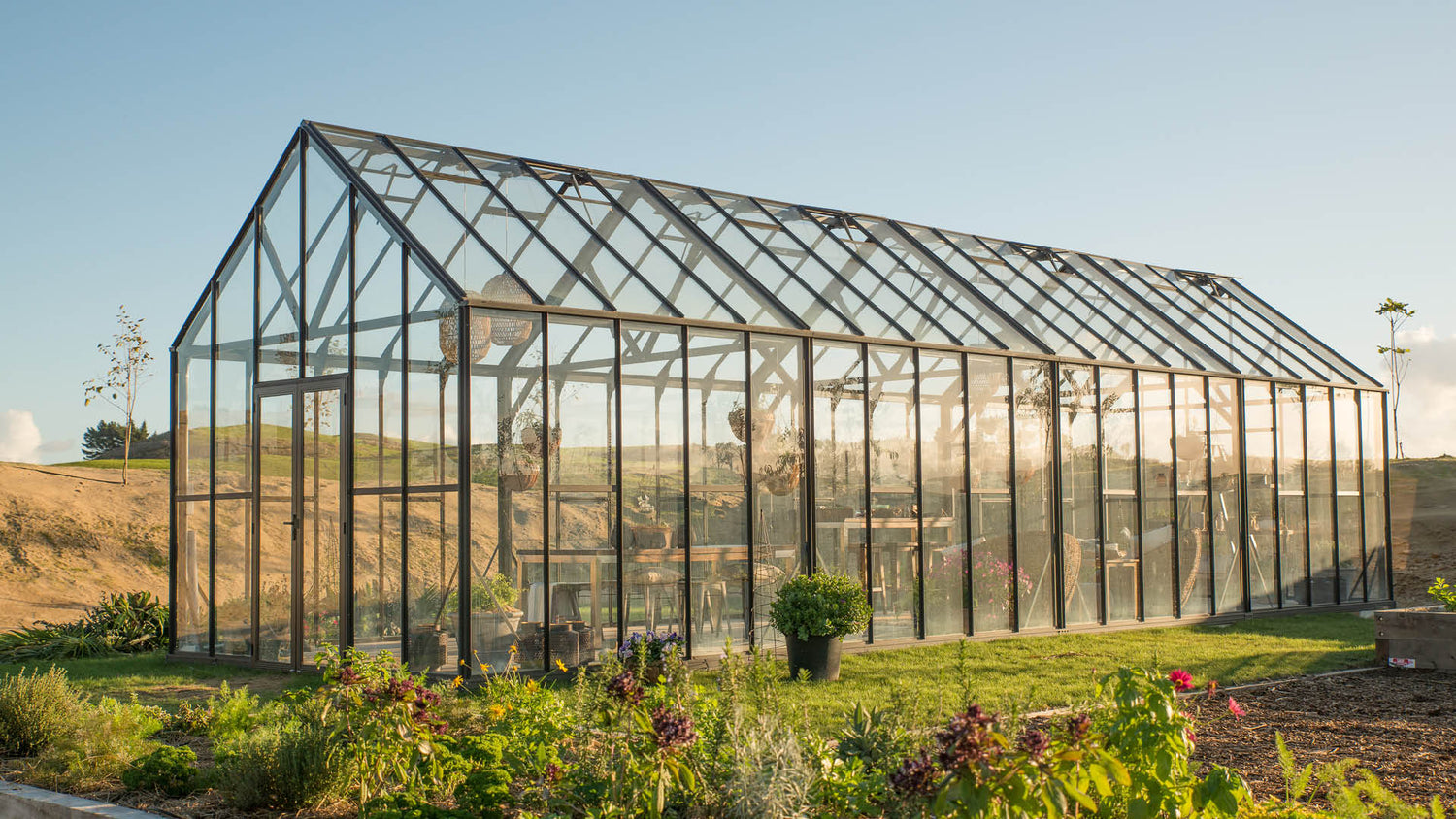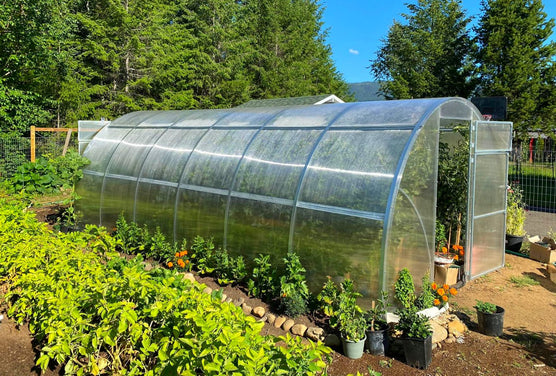Greenhouse Layout: Producing an Eco-Friendly Expanding Area
Are you curious about producing an eco-friendly growing room? Discover how to create a greenhouse that optimizes all-natural light, saves water, and integrates renewable resource sources. By selecting lasting materials and carrying out energy-efficient home heating and cooling systems, you can develop a greenhouse that is both environmentally mindful and effective. Discover the crucial elements of greenhouse layout that will help you produce a successful and lasting expanding room.
Selecting Sustainable Products
When making your environmentally friendly greenhouse, focus on sustainability by very carefully picking products that are environmentally-friendly and advertise power effectiveness. Among one of the most vital facets of producing a green greenhouse is picking lasting materials. By choosing products that have a minimal effect on the atmosphere, you can decrease your carbon footprint and contribute to a much more lasting future.
Beginning by thinking about the products utilized for the structure of your greenhouse. In addition, think about using products that have a high thermal mass, such as stone or concrete, as they can help control the temperature inside the greenhouse, lowering the requirement for excessive home heating or cooling.
An additional crucial element to take into consideration is the glazing product for your greenhouse. Choose products that offer excellent insulation residential or commercial properties, such as dual- or triple-pane glass or polycarbonate panels. These materials can aid trap warmth inside the greenhouse, minimizing the amount of energy required for heating throughout cooler months.
Additionally, when picking materials for the inside of your greenhouse, go with lasting options such as bamboo or recovered wood for shelving and benches. These products are not just resilient however also advertise the accountable use sources.
Taking Full Advantage Of All-natural Light
To take full advantage of natural light in your environmentally friendly greenhouse, focus on the calculated placement of skylights and home windows to optimize sunshine exposure throughout the day. This is an essential consider producing a perfect growing setting for your plants. When selecting the positioning of home windows, take into consideration the path of the sun throughout the day and how it will impact the various areas of your greenhouse. South-facing windows will get the most sunlight, while east-facing windows will catch the early morning sun and west-facing windows will obtain the mid-day sunlight. By strategically placing home windows on these sides, you can ensure a consistent and even circulation of sunshine throughout the day.
Skylights are an additional reliable means to make the most of natural light. They allow sunlight to get in from above, giving an added resource of light for your plants. When setting up skylights, consider their size and placement. Bigger skylights will certainly enable a lot more light to enter, but see to it they are not too big that they cause excessive warmth or glow. Position them in locations where they can give direct sunshine to your plants without casting shadows on other locations.
Applying Energy-Efficient Cooling And Heating Solutions
To further enhance the power effectiveness of your eco-friendly greenhouse, take into consideration executing energy-efficient home heating and cooling systems. These systems play an essential duty in preserving ideal temperature and moisture degrees for your plants, while lessening power intake and lowering your greenhouse's carbon impact.

This allows for the exchange of fresh air and helps control the temperature inside the greenhouse. These systems use less power contrasted to conventional air conditioning units and can effectively decrease the temperature inside you can try here the greenhouse.
Water Preservation Strategies
To additionally improve click here for info the energy performance of your green greenhouse and proceed minimizing its ecological influence, it is very important to implement reliable water preservation techniques. Water is a priceless resource, and with the right strategies, you can minimize your greenhouse's water usage while still providing ideal conditions for your plants.
One method to conserve water is by making use of a drip irrigation system. Additionally, installing a rainwater harvesting system can aid capture and store rain for later use in your greenhouse.
One more strategy is to mulch your plants. Adding a layer of natural material around the base of your plants assists preserve moisture in the soil, lowering the need for regular watering. In addition, take into consideration utilizing a water-efficient potting mix that preserves moisture while still supplying ample drainage.
Finally, monitor your greenhouse's water use regularly. By keeping an eye on just how much water you are using, you can determine locations for renovation and make necessary adjustments.
Incorporating Renewable Resource Sources

Conclusion
To conclude, by implementing sustainable products, optimizing all-natural light, making use of energy-efficient home heating and cooling down systems, practicing water conservation strategies, and incorporating renewable resource resources, you can develop an environmentally friendly greenhouse style. This will straight from the source certainly not just profit the atmosphere however additionally advertise healthy and balanced and lasting plant development. Go in advance and make a positive effect on the world by creating an environment-friendly expanding area.
When developing your green greenhouse, focus on sustainability by meticulously picking products that are environmentally-friendly and advertise power efficiency. These products can assist trap warmth inside the greenhouse, reducing the quantity of power needed for heating during colder months.
These systems use much less power compared to conventional air conditioning units and can efficiently lower the temperature level inside the greenhouse.
You can integrate sustainable power resources right into your greenhouse layout to make it more environmentally friendly and sustainable.In conclusion, by implementing sustainable materials, taking full advantage of all-natural light, utilizing energy-efficient home heating and cooling systems, practicing water preservation methods, and integrating sustainable energy sources, you can create an environmentally friendly greenhouse design.